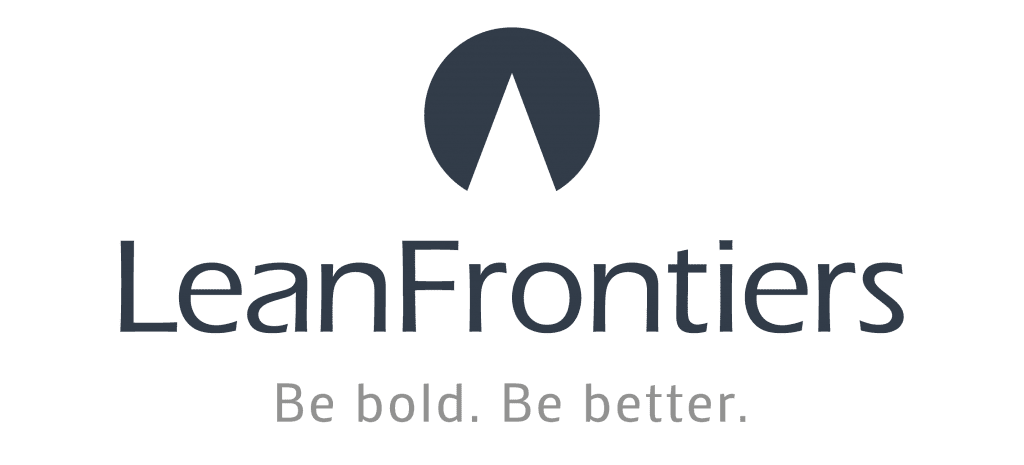This article is written by Patrick Graupp and Oscar Roche of the TWI Institute.
———–
In many ways Step Up 1 is relatively easy; now starts the challenge … that can be achieved. After Step Up 1, Mr Kato defines status as ‘Standards are set, but standardized work is not followed’. So what does Step Up 2 look like?
First, before considering the ‘content’ of Step Up 2, like all such concepts that are to be developed and sustained, top management must understand the ‘why’ and buy into the ‘how’ exhibiting both in their actions. The Supervisors and their support need to be appropriately skilled and resourced to deliver the ‘how’ – the things that need to happen at Step Up 2 and beyond.
Mr Kato identified 5 aspects that need to be present in management if a standardized system of operation is to be achieved:
- Planning ability – understand the truth and make dynamic plans for the organization.
- Ability to drive for results – will enable a team to get results.
- Management ability – keep organization and team aligned (in order to achieve the results).
- Ability to make best use of people – develop and maximize use of team member talents
- Trust – a sense of “this is the best direction for us to travel and I’m here to help you all the way
It may seem as if we’re implying the above considerations are established as part of Step Up 2. That certainly isn’t the case; such considerations should be made well before embarking on any journey toward standardized work! What is important to realize is that Step Up 2 onward will be very tough going and may not be sustained if the 5 aspects aren’t present.
Regarding Supervisors the fundamental skill in Step Up 2 is to be able to ‘think PDCA’. Sometimes we overcomplicate this to the detriment of the Supervisor. It doesn’t have to be an 8-step method, or a 7-step method or whatever … It needs to be kept simple by being taught and mentored through the pattern of Plan, Do, Check and Adjust with an objective of addressing ‘abnormal’. Thinking and behaving PDCA will pull in all the ‘tools’ we are familiar with when we need them, with the purpose being to address an ‘abnormal’.
At Step Up 2 the 3 key aspects of Standardized Work are introduced:
- Takt time – the speed with which the product needs to be created to satisfy the needs of the customer.
- Work sequence and time – the order in which tasks are completed and timing for each.
- Standard WIP – work in progress maximum and minimums.
The typical tools and concepts that will get pulled in during Step Up 2 are:
- ‘Visual’ concepts – e.g. using charts, pictures and diagrams and making ‘normal/abnormal’ easy to see.
- Training – perhaps the most important thing – the best way of instructing on how to obtain ‘normal’ throughout.
- Andon – a system to notify management, maintenance, and other workers of a quality or process ‘abnormal’.
- Visual management – key daily performance information presented visually and easily interpreted.
All are pulled in via PDCA ideally driven by the Supervisor with management support via active display of the 5 aspects.dditional
Learning
OpportunitiesWEBINAR #1
An Introduction to Standardized Work and the 5 “Step Ups:” What We Understand from Toyota
VIEW RECORDING
WEBINAR #2
Without Work Standards (Step Up 1) There Won’t Be Standardized Work
VIEW RECORDING
WEBINAR #3
Standardization Step Up 2 along with implications for Management and Supervisors
VIEW RECORDING


